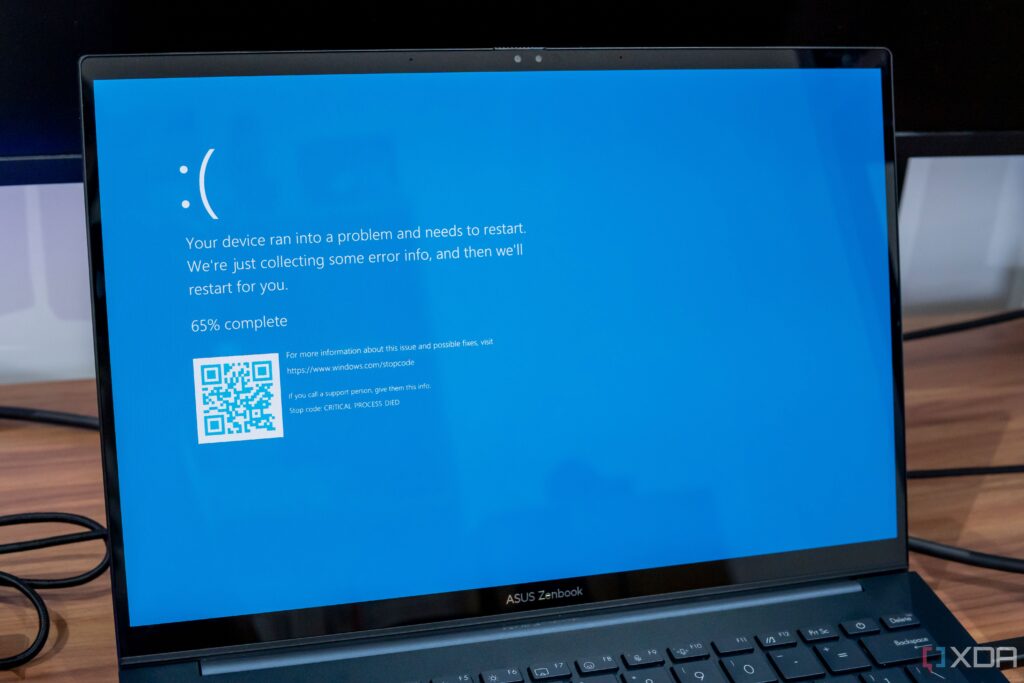
URGENT UPDATE: Windows users have a new way to enhance their debugging capabilities by setting up custom notifications for critical system events. This innovation allows users to bypass traditional troubleshooting methods and receive immediate alerts about potential issues, radically changing the way they interact with their operating systems.
In a game-changing revelation, users can now utilize the Windows Task Scheduler in conjunction with Event Viewer to monitor specific system anomalies in real-time. This setup can alert users right when a critical service fails to start or an application crashes, preventing problems before they escalate.
Earlier today, tech enthusiasts discovered that Windows has all the necessary tools to create these alerts without the need for expensive third-party software. By configuring Task Scheduler to watch Event Viewer logs, users can pinpoint critical errors and respond rapidly.
Most are familiar with basic functionalities of the Task Scheduler—like launching applications at startup—but now it can serve a much deeper purpose. By simply identifying the relevant Event IDs, users can set up their own notifications to monitor system health proactively.
How It Works: To implement this solution, users need to access Task Scheduler, select “Create Task,” and navigate to the “Triggers” tab. From there, they can define the specifics of what they want to monitor by entering the Log, Source, and Event ID. Common Event IDs for critical alerts include ID 4625 for failed logons and ID 1001 for application crashes.
Unfortunately, Microsoft has deprecated the options for sending email alerts and on-screen warnings, which means users must now use a custom PowerShell script to trigger notifications. This can range from sending an email for critical security alerts to simply displaying a pop-up for less severe issues.
This approach not only saves users money—often spent on pricey monitoring solutions—but also empowers them with a robust monitoring system that operates at the OS level. No need for bloated programs; Windows users can now take control of their debugging processes with just a few clicks.
The emotional impact of this discovery cannot be overstated. Users, once frustrated by system crashes and the daunting task of sifting through Event Viewer logs, can now breathe a sigh of relief. They can finally monitor their systems in real time, reducing anxiety and improving productivity.
What’s Next: For those looking to enhance their Windows experience, setting up these alerts is a straightforward process that can be completed in under 15 minutes. As more users adopt this method, expect to see a surge in discussions and shared experiences across tech forums and social media platforms.
Stay updated as this development continues to evolve and more users share their experiences in implementing this efficient debugging strategy. Share this article with fellow Windows users to spread the word about this immediate solution to enhancing system monitoring!





